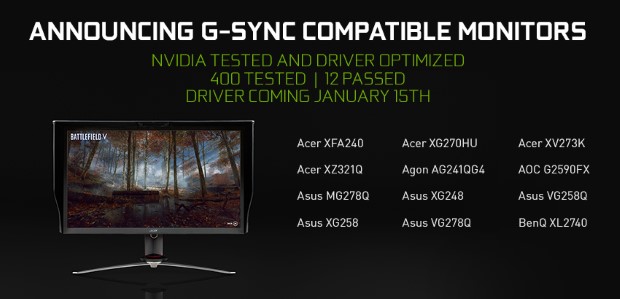So we got news of 2019 OLED TVs getting full HDMI 2.1 support and im gonna get one. But will nvidia support variable refresh rate in their future cards? I hope they dont go ngreedia on us again just because they have G-sync.
They are forcing me to go AMD if they dont support VRR...
They are forcing me to go AMD if they dont support VRR...
![[H]ard|Forum](/styles/hardforum/xenforo/logo_dark.png)
